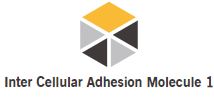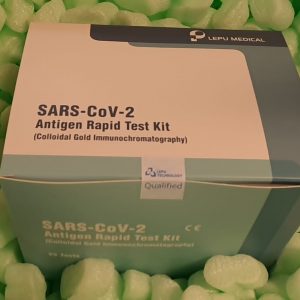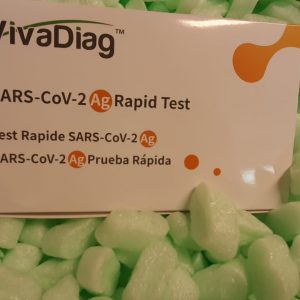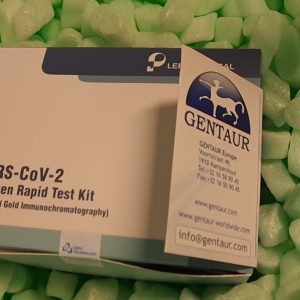Kind 2 diabetes mellitus (T2DM) is a power and progressive illness that’s strongly related to numerous problems together with cardiovascular illnesses and associated mortality.
The current examine aimed to investigate the abundance and performance of intrinsically disordered areas in a number of biomarkers of insulin resistance, adiponectin, and endothelial dysfunction discovered within the T2DM sufferers.
In actual fact, compared to controls, overweight T2DM sufferers are recognized to have considerably greater ranges of inter–mobile adhesion molecule (iCAM-1), vascular cell adhesion molecule (vCAM-1), and E-selectin, whereas their adiponectin ranges are comparatively low. Bioinformatics evaluation revealed that these chosen biomarkers (iCAM-1, vCAM-1, E-selectin, and adiponectin) are characterised by the noticeable ranges of intrinsic dysfunction propensity and excessive binding promiscuity, that are necessary options anticipated for proteins serving as biomarkers.
Inside the restrict of studied teams, there’s an affiliation between insulin resistance and each hypoadiponectinemia and endothelial dysfunction.
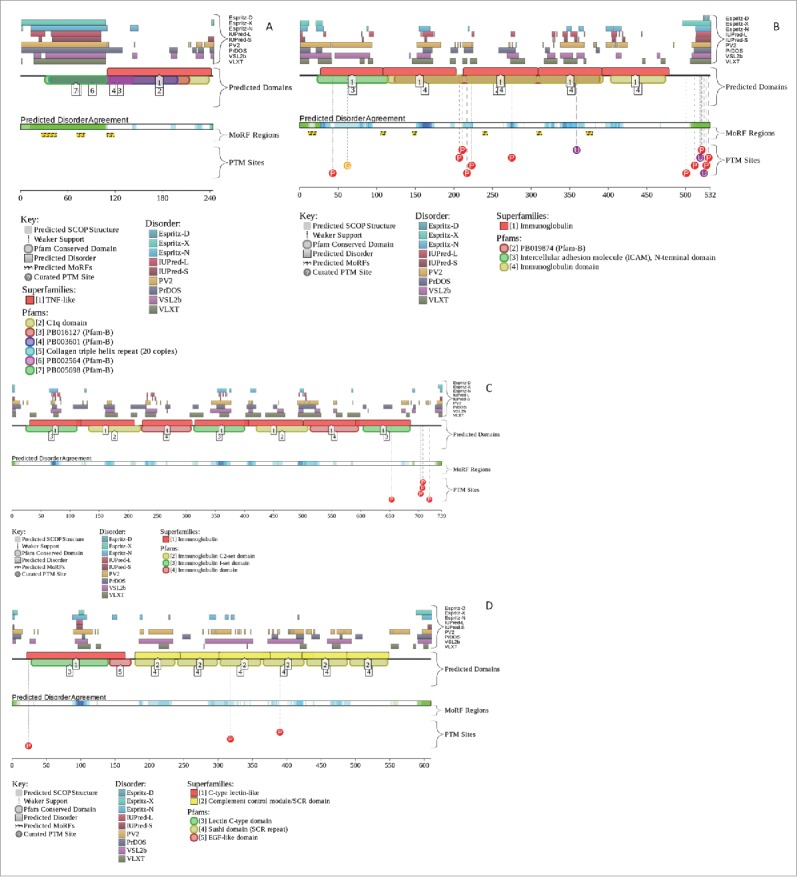
A cardioprotective perception of the cystathionine γ-lyase/hydrogen sulfide pathway.
Historically, hydrogen sulfide (H2S) was merely thought of as a poisonous and foul smelling gasoline, however not too long ago H2S been introduced into the spot gentle of cardiovascular analysis and growth.
For the reason that 1990s, H2S has been mounting proof of physiological properties similar to immune modification, vascular rest, attenuation of oxidative stress, inflammatory mitigation, and angiogenesis. H2S has since been acknowledged because the third physiological gaseous signaling molecule, together with CO and NO [65,66].
H2S is produced endogenously via a number of key enzymes, together with cystathionine β-lyase (CBE), cystathionine γ-lyase (CSE), and 3-mercaptopyruvate sulfurtransferase (MST)/cysteine aminotransferase (CAT).
These particular enzymes are expressed accordingly in numerous organ programs and CSE is the predominant H2S-producing enzyme within the cardiovascular system.
The cystathionine γ-lyase (CSE)/H2S pathway has demonstrated numerous cardioprotective results, together with anti-atherosclerosis, anti-hypertension, pro-angiogenesis, and attenuation of myocardial ischemia-reperfusion damage. CSE reveals its anti-atherosclerotic impact via Three mechanisms, particularly discount of chemotactic issue inter mobile adhesion molecule–1 (ICAM-1) and CX3CR1, inhibition of macrophage lipid uptake, and induction of clean muscle cell apoptosis by way of MAPK pathway.
The CSE/H2S pathway’s anti-hypertensive properties are demonstrated by way of aortic vasodilation via a number of mechanisms, together with the direct stimulation of KATP channels of vascular clean muscle cells (VSMCs), induction of MAPK pathway, and discount of homocysteine buildup.
Additionally, CSE/H2S pathway performs an necessary position in angiogenesis, significantly in elevated endothelial cell progress and migration, and in elevated vascular community size. In myocardial ischemia-reperfusion accidents, CSE/H2S pathway has proven a transparent cardioprotective impact by preserving mitochondria perform, rising antioxidant manufacturing, and reducing infarction damage dimension.
Nevertheless, CSE/H2S pathway’s position in irritation mitigation continues to be clouded, resulting from each professional and anti inflammatory outcomes offered within the literature, relying on the focus and type of H2S utilized in particular experiment fashions.
